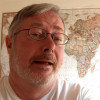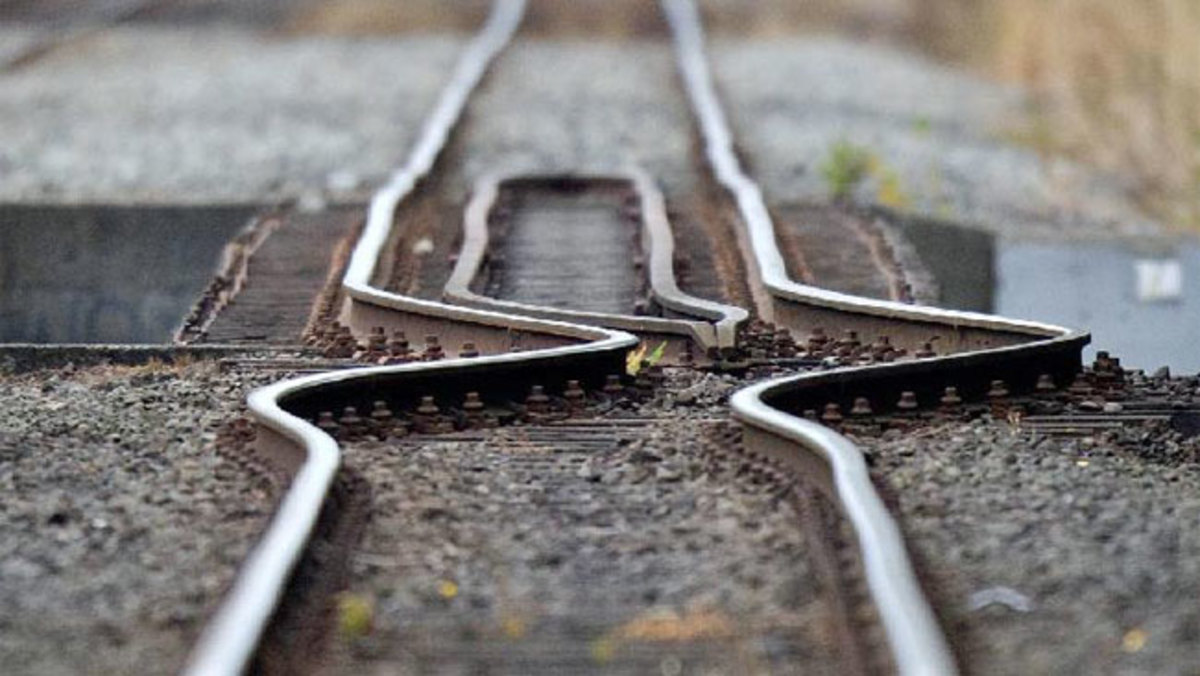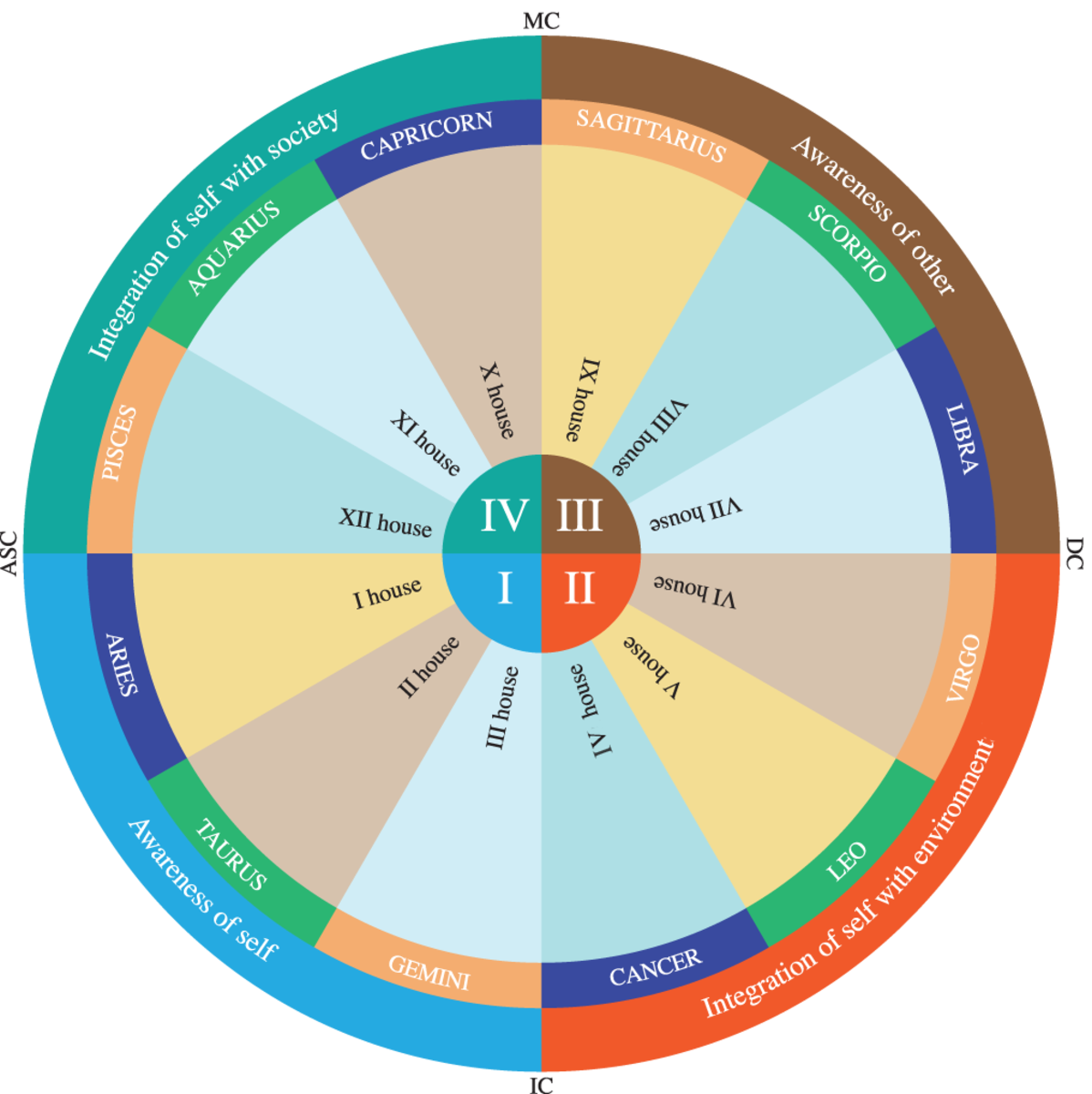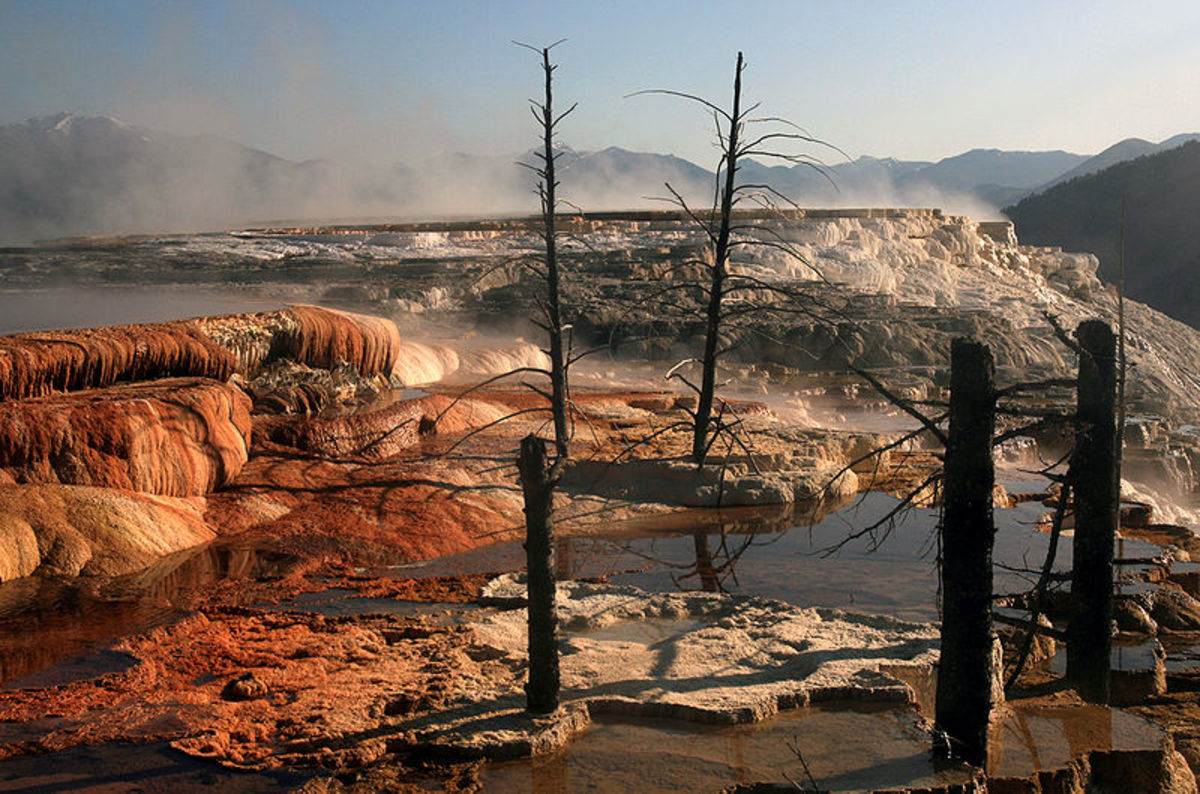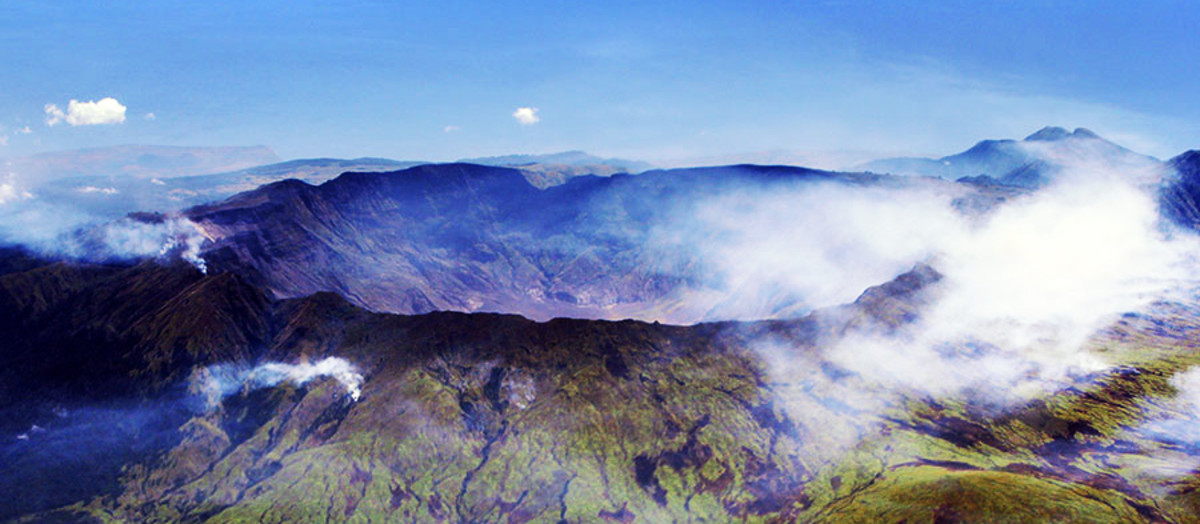Does God Create or Destroy Totally at Random?
Does Astrology Hold a Clue?
"I may not have the answer to the creation part of the equation, but I think that I know a thing or two about the destruction angle.." -RetroJoe
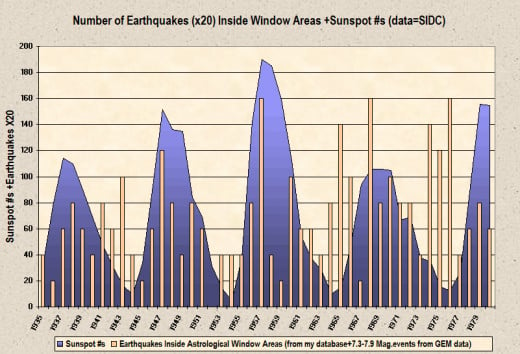
I began learning astrology while in the US Army (1973-1976), but my interest really took off after I moved to San Francisco in 1977. I learned from such notable figures as Dane Rudhyar and Doris Chase Doane who lived in the area; the later just down the street from me. Doris was an authority on the mechanics of chart creation and especially time changes in different locations and time periods. That last angle was important for me since it became an integral part of an obsession I acquired, after deciding that my fate had determined a less traditional path for me as an astrologer. Like many Aries types, such as Doris (and even Dane), I chose to be a pioneer. Doris laid the foundation for accurate chart creation in the field and Dane became astrology's archetypal philosopher of humanism. What I planned to do was to, similar to what the French researcher Dr. Michel Gauguelin did, find statistical correlations between the astrological positions or aspects and a group of similar events in time and space. For him it was the birth charts of gifted professionals and for me it would be the charts of significant earthquakes.
My reason for focusing on the later was because I felt that such a phenomena would be, by its very nature, more objective and thus more predictable than the highly subjective, more variable subject of human beings. It was my plan to collect as much accurate event details as far back in time as possible. The idea was that each earthquake fault had its own character that should be reflected astrologically. I would look for similar patterns that should arise from one earthquake to the next on a given fault line. The only problem with that idea is that the most characteristic, significant, or deadly quakes would be among the largest and thus happen only after a century or more. Fortunately such countries as Italy, China, and Japan have historical records that go back many hundreds of years. Unfortunately, they recorded time and dates differently and I would have to familiarize myself with those methods of record keeping.
In going back centuries, I realized that the most accurately recorded earthquakes tended to be those that caused the most destruction and loss of life. But in addition, making things difficult, the further back in time one went, the less likely that the time and date of the event would be a certainty. Due to calendar changes such as from the old Julian to the present Gregorian system, one would not always know which system was used in the record keeping or in the conversion from one system to another. I ended up throwing out much of my collected data due to uncertainty and tried to keep only the earthquake events that had the most accurate or unambiguous source data.
As a result, for my worldwide earthquake collection (mostly excluding the United States), almost 90% of the events are from the middle of the 18th century to near the present time. What remained however was a collection of the most deadly of earthquakes. In other words, most significant earthquakes—which I define as being of 6.5 magnitude or larger—are not deadly (74% for quakes in the 7.3-7.9 magnitude range), but my data had a bias where the vast majority of earthquakes had at least a few dozen deaths.
In the interest of my database being more representative of the true distribution of earthquakes and to increase my data collection to a level that would yield more statistically valid results, I sought to include large earthquakes that had no or little fatalities.
I started with earthquakes of 8.0 magnitude and larger. After gathering those quakes that weren't already in my database, I found that they yielded significant results (approximately 1.5Xs greater than average) to the astrological aspects that I had earlier found came up frequently for destructive or deadly earthquake events. Yet, when I gathered non-deadly earthquakes in the 7.3 to 7.9 magnitude range, the results were insignficant or just above average. However, like the increase in significance that occurred with the deadly data during periods of extreme maximum or minimum sunspot activity on the face of the sun (see illustration above), such was also the case with the non-deadly earthquakes in the 7.3 to 7.9 magnitude range.
Seeking the most relevant or potentially significant results, I have built a database of mostly deadly earthquakes that all fell within my predicted earthquake windows as defined by astrological aspects. That database numbered 255 charts (which also included non-deadly earthquakes of 8.0 magnitude or larger). Of the 254 non-deadly earthquakes that I collected (from 1900 to 1990 in the 7.3 - 7.9 magnitude range), 11.8%, or those that were within predicted windows during either periods of sunspot minimum or maximum, were added to the collection, bringing the total up to 285 events.
Using this subset collection of seismic events (the original collection numbered 432 earthquakes that were both inside and outside of the windows) I was hoping to achieve results from data that was less subject to randomness. My ultimate goal was to have this aid me in my attempts to pin down potential locations of future earthquakes. I have considered reviewing another approximately 2,000 non-deadly earthquakes for the 20th century in the 6.5 - 7.2 magnitude range for possible inclusion, but I estimate that it would add probably no more than 75 earthquakes to the database or about 3-4% of the total. Considering how much work would be involved without much to show for it, that is something I may just choose to skip (unless I am feeling abitious or masochistic). However, after a not as thorough look at earthquakes within this range I turned up 20 more deadly quakes that fell within window areas (that I had missed earlier). I also discovered 5 similar quakes in what was supposed to be the non-deadly events of 7.3-7.9 magnitude, bringing the total in the database to 310.
Another project that I am considering is to collect all non-deadly significant earthquakes (in the 7.3 to 7.9 magnitude range) into a separate database and determine statistically if different astrological aspects apply to them. It is possible that I will not find significant correlations like I did for the deadly earthquakes but I won't know for sure unless I check directly. A certain degree of indirect evidence against a phenomena's reality is not necessarily evidence of absence. One must seek direct evidence also before totally rejecting the possibility of a parallel relationship between, in this case, astrology and non-deadly earthquakes. I have so far only looked for correlations between astrology and deadly earthquakes (and then using those same criteria or definitions of aspects, comparing them to non-deadly ones).
So, does God play craps when it comes to the distribution of earthquakes? If so, I would say only for the least destructive variety that do not occur during times of maximum or minimum sunspot activity on the face of the sun. In other words, sometimes God does chose a random order and sometimes God chooses the sun's activity and/or astrology to play a role. For the vast majority of quakes less than say 5.8 magnitude, the results would be random, but for quakes of say 8.0 magnitude or larger, randomness would play a role around 25% less often.
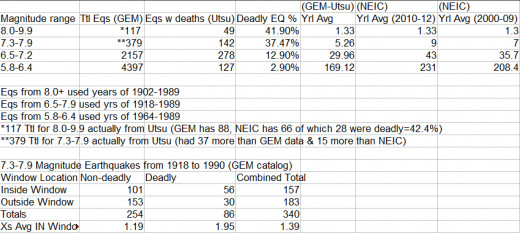

For events within the range between these two extremes, in my estimation, they would be non-random (or related to astrology or sunspot activity) about 18.63% of the time. This would be broken down into 10.19% being deadly (or 40.29% of all deadly quakes) and 8.44% not deadly (or 11.23% of all non-deadly quakes). At least that is what it would appear to be for seismic events in the 7.3-7.9 magnitude range. It should be noted that the 18.63% estimate given above is based on known astrological factors that relate to earthquakes. This figure is a minimum value since there are bound to be other factors that are presently unknown to me at this time.
The interesting outcome of all of this is that it appears that deadly earthquakes (at least 1 death for each) are twice as likely to occur within a projected window than they are likely to occur outside of a window (1.95Xs as likely to be exact based on 73 years of 7.3 to 7.9 magnitude events while non-deadly quakes show insignificant or near average results). Statistically, since the window areas are half the size of the areas outside of them, it should be the other way around (or twice as likely outside the windows). This result of course is anathema to someone such as a statistician or scientist because it seems to be only explainable within the context of metaphysics and most of those practicing accepted scientific methods would contend that there is of course no place for what they would term "pseudo science" in their respective fields.
I on the other hand beg to differ. As Shakespeare once put it in his play Hamlet: "There are more things in heaven and earth, Horatio, than are dreamt of in your philosophy." Is it possible that the more significant an earthquake event is (unleashing the most energy or causing the most deaths) the more they are fated to happen, with their fate reflected in the heavens? Is it possible that only quakes of insignificant size or having no potential of causing fatalities happen randomly? Well, it may seem strange to those less inclined to imagine other than standard possibilities, but such does appear to be the case.
© 2013 Joseph Ritrovato
